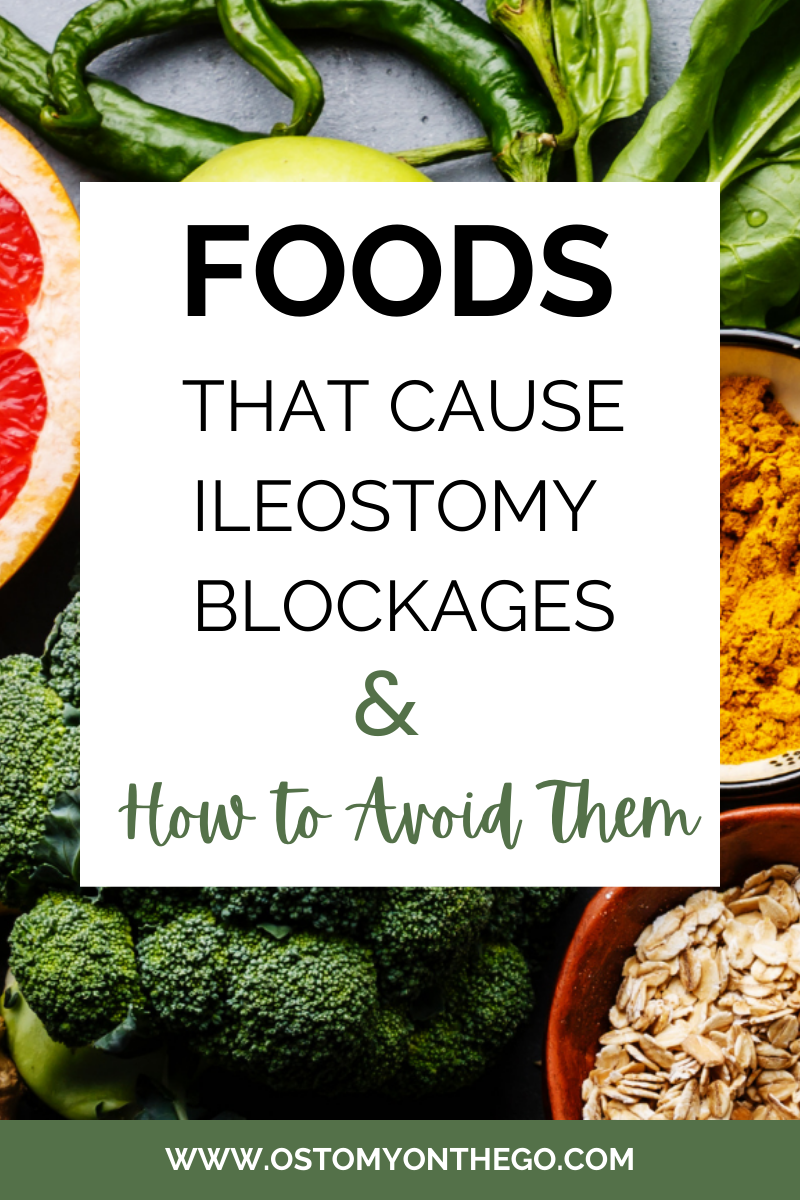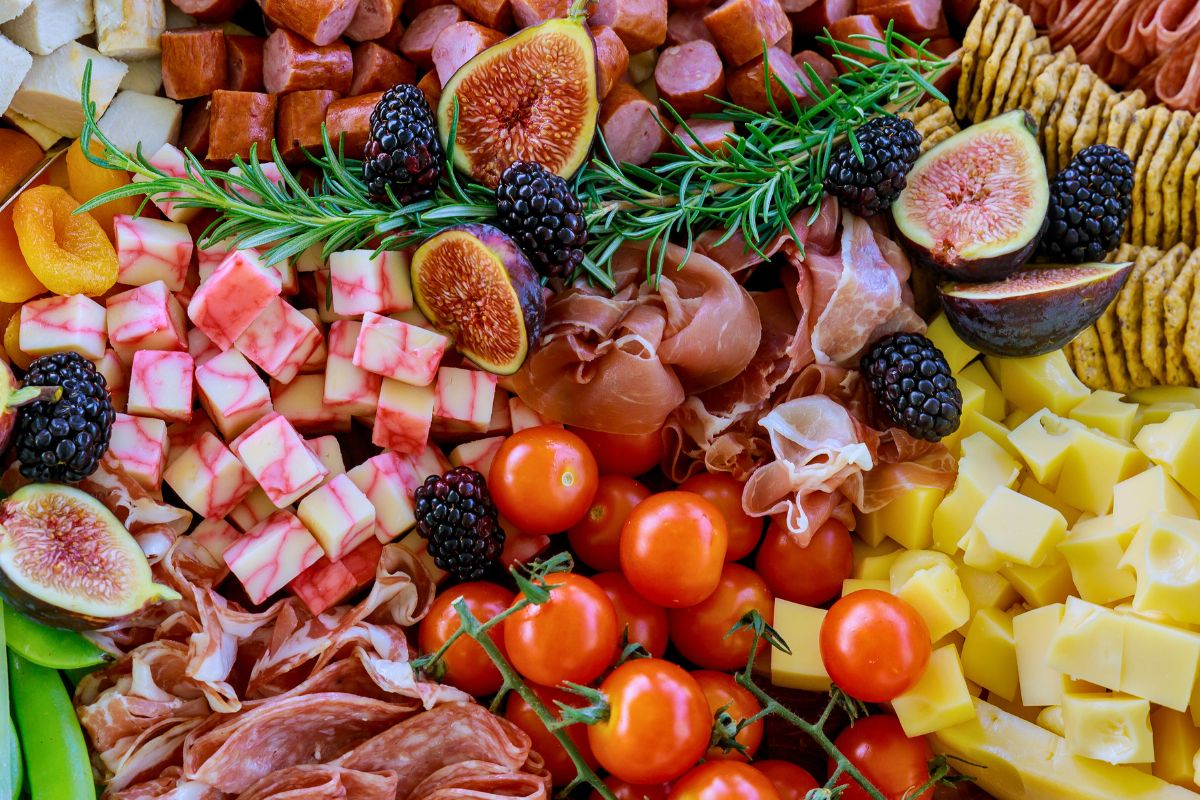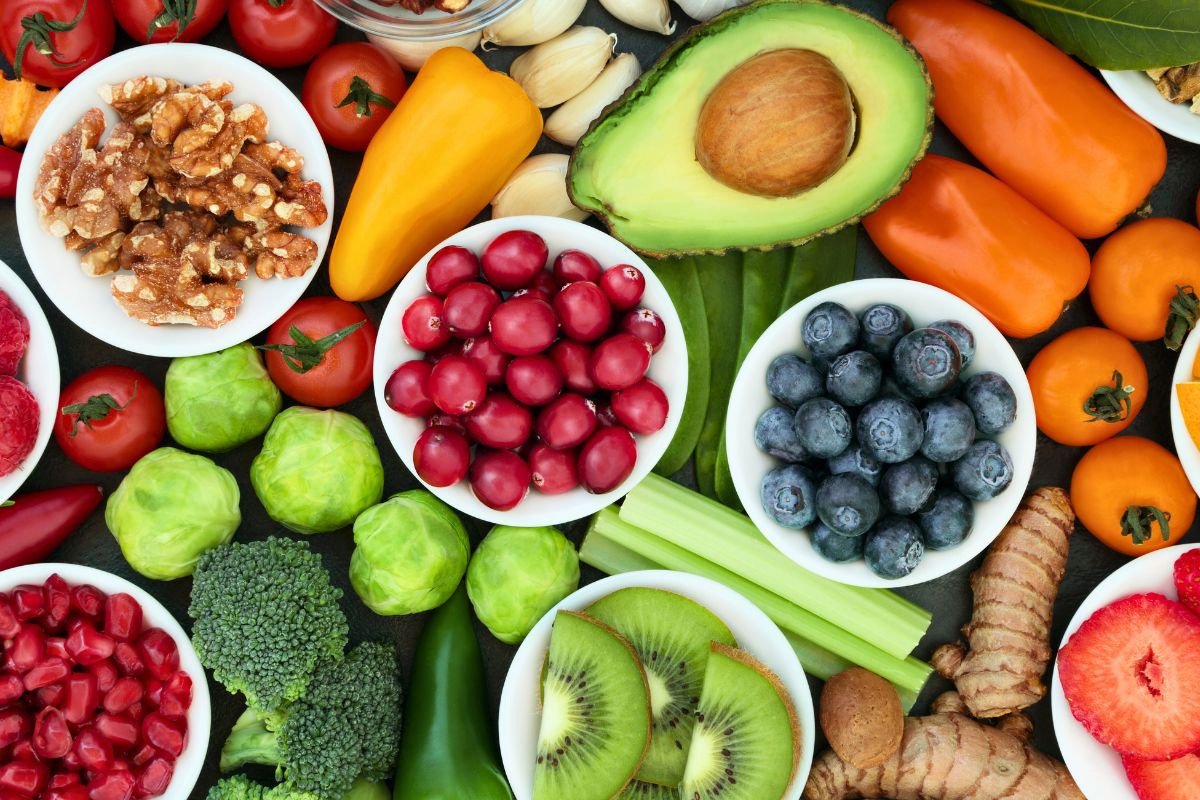Foods that cause ileostomy blockage can make life with a stoma more difficult, uncomfortable, and even dangerous if not addressed quickly. Whether you’re newly adjusting to an ileostomy or have been living with one for years, knowing which foods may lead to a blockage and what safer alternatives you can choose is essential for maintaining your health and preventing emergencies.
In this guide, you’ll learn the most common blockage-causing foods, how to recognize early warning signs, tips for prevention, and the best meal swaps to keep your digestion running smoothly.

Understanding Ileostomy Blockage
What Causes Blockages After an Ileostomy
An ileostomy changes the way your digestive system processes food, which can make certain high-fiber or hard-to-digest foods more difficult to pass. Ileostomy blockages occur when partially digested food gets stuck in the small intestine or around the stoma opening.
While some foods may have been fine pre-surgery, your digestion changes post-surgery because the function of your digestive system has been altered. Before the ileostomy, the large intestine played a crucial role in managing the final stages of digestion. It would absorb a significant amount of water, solidifying waste and making it easier to pass. It also provided a larger, more flexible space for waste to accumulate before elimination. After an ileostomy, this process is gone. The small intestine, which is now the final stage of digestion, is narrower and has less capacity for water absorption.
This means that foods with tough, fibrous casings, like popcorn or mushroom skins, can’t be “squeezed” and compacted as they once were. Instead, they pass through in a less-processed state, posing a risk for obstruction as they attempt to pass through the stoma, which is the narrowest point of exit.
Common Symptoms of Ileostomy Blockage
- Abdominal cramping or pain
- Bloating
- Little to no stoma output
- Watery output with foul odor
- Nausea or vomiting
The warning signs of an intestinal blockage can vary by person. For me, the early warning signs of an ileostomy blockage are loss of appetite, less or no output, swollen stoma, abdominal cramps, and back pain.
Keep in mind: I’m not a doctor or medical professional. I’m just sharing my personal experience and what I’ve learned on my journey living an ostomy. Please don’t take my words as medical advice. Always consult with your healthcare provider for any questions or concerns you have about your own health.

Foods That Can Cause Ileostomy Blockage
High-Fiber Raw Vegetables
Raw broccoli, cauliflower, cabbage, and brussels sprouts can be hard to break down.
To reduce the risk of a blockage, I’ve learned that a simple change in food preparation makes a huge difference. I usually steam or boil raw vegetables until they are soft. I do this because cooking vegetables in this way breaks down the tough, fibrous outer casings and softens the internal structure. This pre-digestion essentially makes the food easier for my small intestine to process, so it’s less likely to clump together and get stuck.
When I’m at a restaurant, I take this same cautious approach and request that they “double steam” the vegetables. This ensures they are cooked to a soft, mushy consistency, giving me peace of mind that I can enjoy my meal without worrying about a potential blockage.
Stringy Vegetables (Celery, Asparagus)
These can wrap together inside the intestine and slow or stop output.
Celery is a common culprit for blockages, so I usually avoid it. If I do decide to eat it, I’ll cook it in a soup, simmering it until the tough strings and fibers have softened completely.
Tough Skins and Peels (Corn, Apple Skins)
Skins are often resistant to digestion and can pass through mostly intact.
Peeling fruits and vegetables is a great way to prevent a problem, but some foods, like corn, are best to be avoided completely since they can’t be peeled
Nuts, Seeds, and Popcorn
When it comes to nuts, seeds, and popcorn, I’ve had to learn a few hard lessons. While I love these snacks, I’ve found them to be the most problematic culprits for both blockages and inconvenient ostomy leaks. It took some frustrating trial and error to figure out the connection, but once I did, I started avoiding them altogether. However, it didn’t take long before I started missing them. I’ve since learned that with meticulous chewing, I can get away with eating nuts and some seeds.
But popcorn? It’s one of the worst foods that cause ileostomy blockage for me. I’ve been defeated by popcorn so many times that I’ve resorted to a slightly embarrassing but effective solution: chew for a while, swallow what I can, spit out what I can’t, and just enjoy the taste.
Dried Fruits and Tough Meats
Dried fruit can swell with fluid inside the intestine, and tough cuts of meat can be slow to break down.
Chewing like my life depended on it and drinking plenty of fluids has been helpful when eating these problematic foods.
Foods to Avoid With an Ileostomy
Short-Term Post-Surgery Restrictions
Right after surgery, the bowel is more sensitive, swollen, and blockages are more likely.
During this initial recovery period, it’s crucial to give your body time to heal. Start by introducing foods slowly and in small amounts, prioritizing soft, easy-to-chew options like well-cooked vegetables, mashed potatoes, and ground meats. This gentle approach helps prevent food from clumping together and getting stuck as your bowel adjusts to its new pathway.
Long-Term Problem Foods for Some Patients
Even long after the initial recovery, some foods can still pose a risk for a blockage.
This is where personal experience comes into play, as every patient’s body is different. For me, this includes my beloved popcorn, as well as a range of seeds, nuts, and tough-skinned fruits and vegetables. These foods remain a problem because their indigestible parts can still get caught in the narrower sections of the bowel.
While some people can eventually reintroduce these items, I’ve learned that for my body, a cautious and often abstinent approach is best.
You may enjoy this article: Foods to Avoid with an Ostomy
Safe Food Alternatives for Ileostomy Patients
Easy-to-Digest Fruits and Vegetables
Peeled, cooked carrots, zucchini without seeds, and ripe bananas are usually well tolerated.
Lean Proteins
Eggs, fish, and tender poultry are easier to digest than tough meats.
Low-Fiber Grains
White rice, refined pasta, and sourdough bread tend to move through the digestive system smoothly.
How to Prevent Ileostomy Blockage
Chew Food Thoroughly
Breaking down food in your mouth reduces work for your intestine.
Drink Plenty of Fluids
Hydration helps keep output moving.
Helpful Tips: How to Stay Hydrated With An Ostomy
Introduce New Foods Slowly
Adding one new food at a time makes it easier to spot triggers.
What to Do if You Suspect a Blockage
Early Self-Care Steps
Stop eating solids, increase fluids, and gently massage the abdomen.
To help move things along, I usually start by drinking a Coke. The combination of carbonation and acid can often help break down whatever is causing the clog. I follow that with hot liquids, like tea or broth, and if that doesn’t do the trick, a heating pad and a gentle massage on my abdomen are my next steps.
When to Seek Medical Help
If symptoms worsen, output stops completely, or you develop severe pain, seek emergency care.
Related Article: My Personal Experience with an Intestinal Blockage
Living Well With an Ileostomy
Keeping a Food Journal
Tracking meals and symptoms can help identify problem foods.
Working With a Dietitian
A dietitian familiar with ostomy care can create a personalized plan.
I would suggest asking a trusted doctor or stoma nurse for recommendations in your area.

Frequently Asked Questions About Ileostomy Blockage and Diet
What foods are most likely to cause an ileostomy blockage?
Foods high in insoluble fiber, such as raw vegetables, stringy vegetables (celery, asparagus), corn, apple skins, nuts, seeds, popcorn, and dried fruits, can increase the risk of blockage. Chewing thoroughly and eating smaller portions can help reduce risk.
Can I ever eat popcorn with an ileostomy?
Popcorn is a common trigger for blockages because of its tough hulls. Some people can tolerate small amounts if eaten slowly and chewed well, but many ostomy nurses recommend avoiding it entirely to prevent complications.
How can I tell if I have an ileostomy blockage?
Early symptoms include cramping abdominal pain, reduced stoma output, watery output with foul odor, bloating, and nausea. Severe cases may include vomiting and complete stoppage of output.
What should I do if my ileostomy is blocked?
Stop eating solid foods, drink plenty of fluids, gently massage your abdomen, and change positions to help move the blockage. If symptoms persist or worsen, contact your healthcare provider immediately.
Are there safe vegetables for people with an ileostomy?
Yes, well-cooked, peeled, and de-seeded vegetables are generally safer. Soft-cooked carrots, zucchini (without seeds), and peeled potatoes are often well tolerated.

hi, what about eating tomatoes?….. cheers.
Hi Rod, thanks for stopping by and commenting. The seeds and skin from a tomato could potentially be an issue for some but if these things do not usually bother you, I’d say chew well and you’ll most likely be fine.